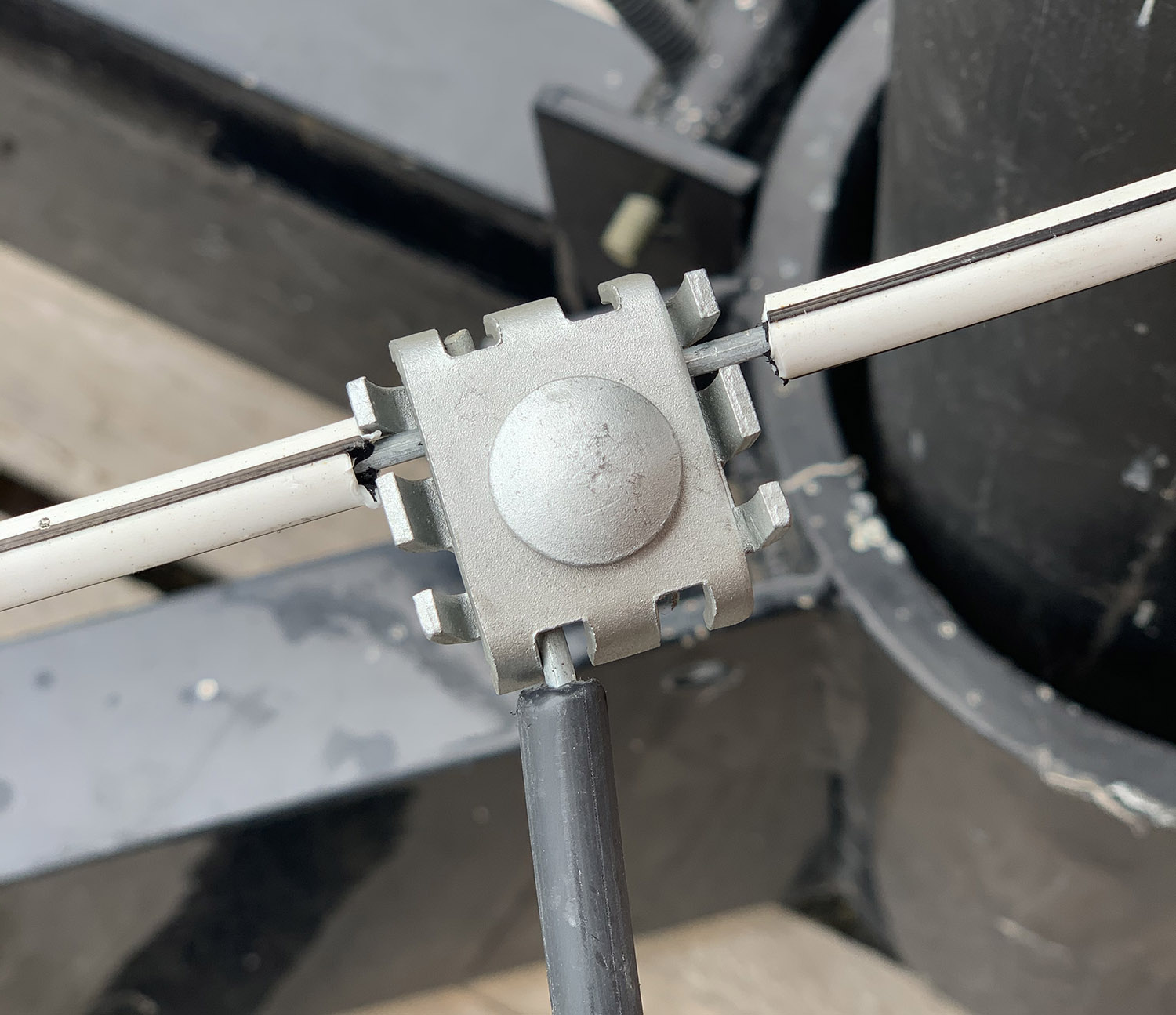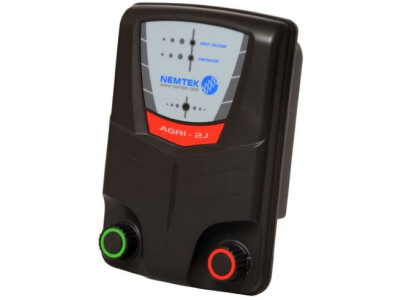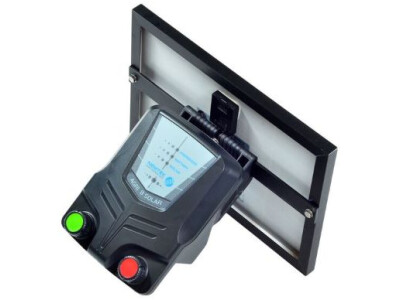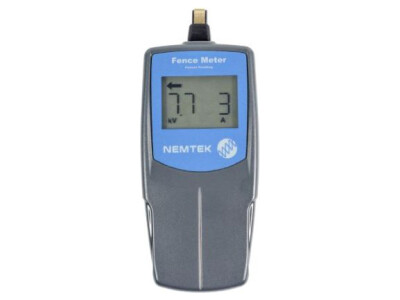We’ll be honest. Electric fencing can be tricky, but it can also be pretty simple if you know what to look for when it’s not working properly. It’s pretty easy to see when it isn’t working… your horses will usually be the first to tell you! The secret is to not think that’s its beyond you as it is just a matter of elimination!
Check your electric fencing energizer
The first thing to check is if your energizer is actually turned on and working. Yep, seems simple and slightly silly but you would be surprised how often we forget that we turned it off and didn’t turn it back on. If it is indeed turned on, check your energizer is working properly. You’ll need a Fence Meter reader (electric fence tester). Test the energizer with no load on it whatsoever. You’ll need to have the energizer connected to the mains power and remove the positive and negative caps from the energizer. Place the Fence Meter on to the positive/live thread and it will give you a rough reading of volts and amps. To get a true reading of it, you’ll need to place your finger on the negative or earth thread to create a full circuit. You should get a reading up near the 10,000KV. If it isn’t then this will be the problem and you need to contact your energizer supplier to see if it can be fixed or needs replacing.
If you have a solar unit, make sure the leads haven’t come off the battery and that the solar panel is clean. Yep, they need cleaning to make sure they effectively charge your battery. You can check solar units in exactly the same way as mains powered units.

Checking for damage to your electric fencing
Once you’ve eliminated your energizer, you need to look for obvious things, such as damage to your fence. Trees down or rail pulled off? The wires inside the rail are highly unlikely to be damaged unless they have been actually cut by something. Scrunched rail that is touching metal posts can crack constantly and short the fence out. Check your under-gate cables and rail connections on every paddock. Animals or trees or even the mower have been known to pull them off the rails.
Is long grass touching your electrics?
Do you have long grass touching your bottom rail? Tall green grass can take power out of your fence. The more grass the quicker your unit becomes ineffective. Tree branches or bushes can also take power out of your fence.

Using an electric fencing tester
If you have an electric fence tester this can tell you how many volts your unit is putting out as well as where the fault may be in your fence line. It has a little arrow on it which points to the direction the fault is coming from. The fencing will continue to give you a reading until you are on the opposite side of the fault to the energizer. So you can work your way back from a section that has no power towards the energizer until you start getting a reading on your meter again which should point you in the direction of the fault. To make fault finding easier, when you are initially setting up your fences, install switches in sections of the farm so you can turn them off and test the energizer side of the switch. When you get your reading back up, you will know that the fault is in that section of the fence making your process of elimination quicker.
If you want the Rolls Royce package Nemtek now have the ability to map your fences and have this mapped back to your office computer which will then highlight the faulty section!
Earth Stakes
Do you have enough earth stakes in the ground and connected? You need a minimum of 3 at the energizer and If you have a large amount of fencing you will need more stakes, spread around your property to make the unit more effective.



















